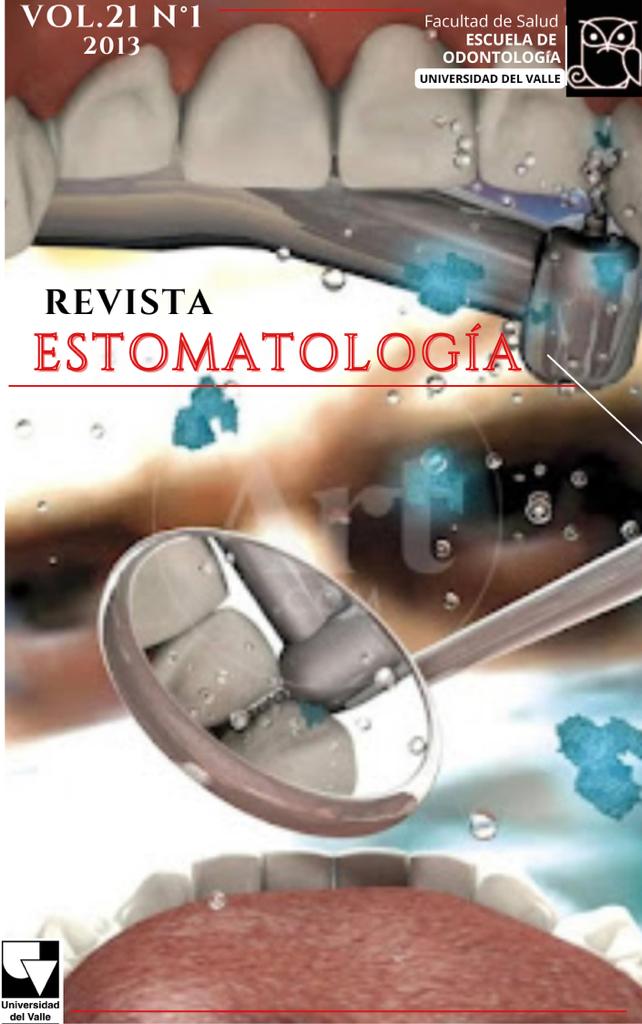Macroscopic analysis of dental and periodontal tissues of pig (Sus domesticus) exposed to high temperatures
Main Article Content
SUMMARY
Objective: To describe the physical changesof
macro-structural dental tissues (enamel,
dentin and cement) and periodontal
(oral mucous membrane, alveolar compact
bone and cancellous alveolar bone) of
domestic pig (Sus domesticus) expose to
high temperatures.
Materials and methods: This descriptive
study observed the physical changes in macro-
structural dental tissues and periodontal
in 25 teeth of domestic pigs subjected to
high temperatures (200°C, 400°C, 600°C,
800°C and 1000°C).
Results: Dental and periodontal tissues studied
show great resistance when subjected
to high temperatures without changing significantly
their macro-structure. At 200°C
no color changes and cracks appear in the
enamel. At 400°C there was an increase of
the fissure and no separation between the
hard tissues, initiating carbonization. At
600°C fractures in the dental tissues and
bone are most apparent. At 800°C burning
of the tissues initiated. At 1000°C there was
no evidence of soft tissue.
Conclusions: Macroscopic analysis of the
teeth articulated in their alveolar-dental
units constitutes a experimental model that
ssimulates the changes of dental and periodontal
tissues expose to high temperature.
It is recommended to conduct astudy on
human teeth in their respective unit articulated
alveolar to determine whether the
macro-structural physical changes described
are repeated and can be extrapolated,
and which can eventually be used duringthe process of dental identification and
documentation of the medical legal autopsy
used in the case of bodies or human remains
burned, charred and burned.
Key words: Forensic dentistry, domestic
pig (Sus domesticus), dental and periodontal
tissues, temperature exposition, animal
model.
Downloads
Los autores/as conservan los derechos de autor y ceden a la revista el derecho de la primera publicación, con el trabajo registrado con la licencia de atribución de Creative Commons, que permite a terceros utilizar lo publicado siempre que mencionen la autoría del trabajo y a la primera publicación en esta revista.

